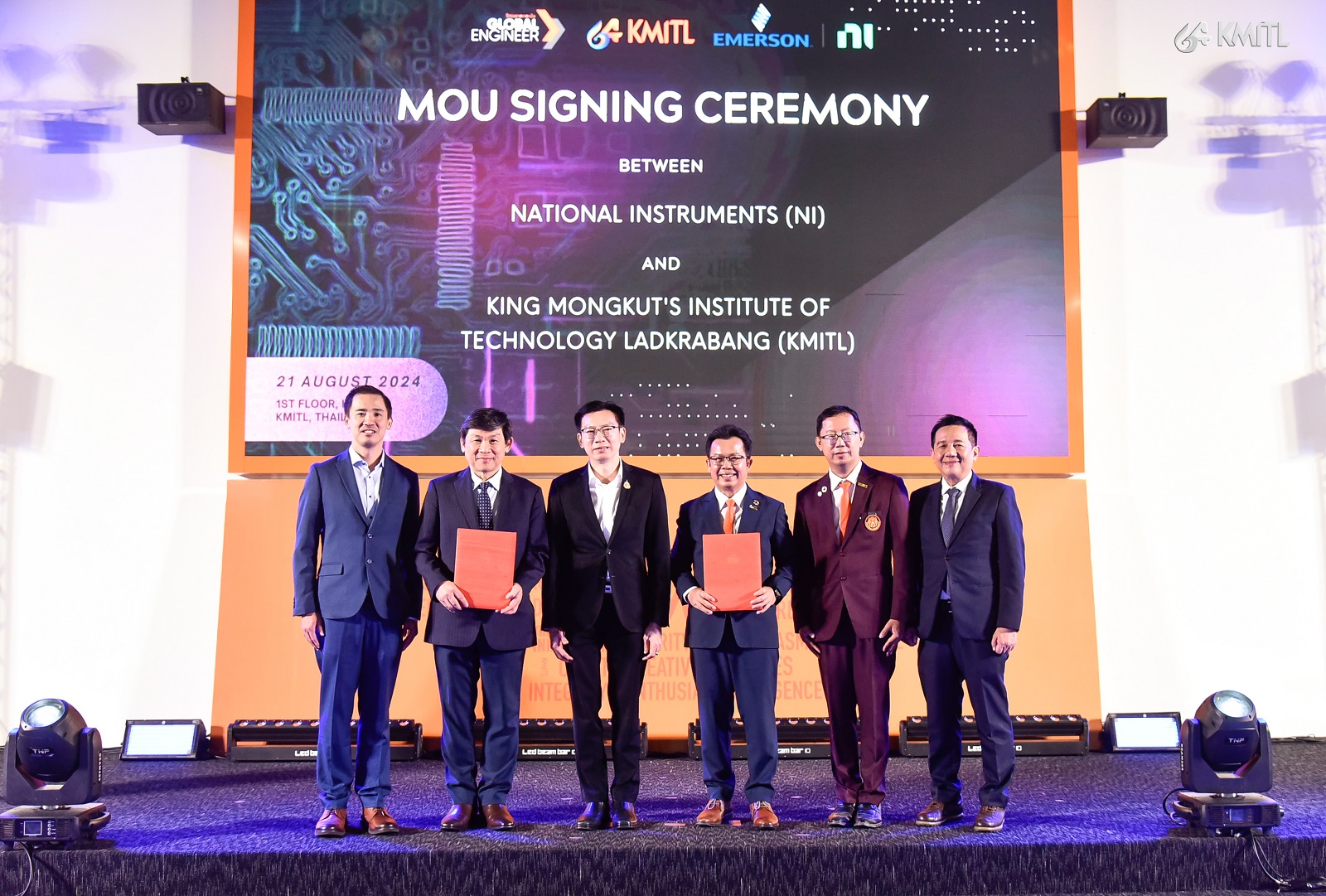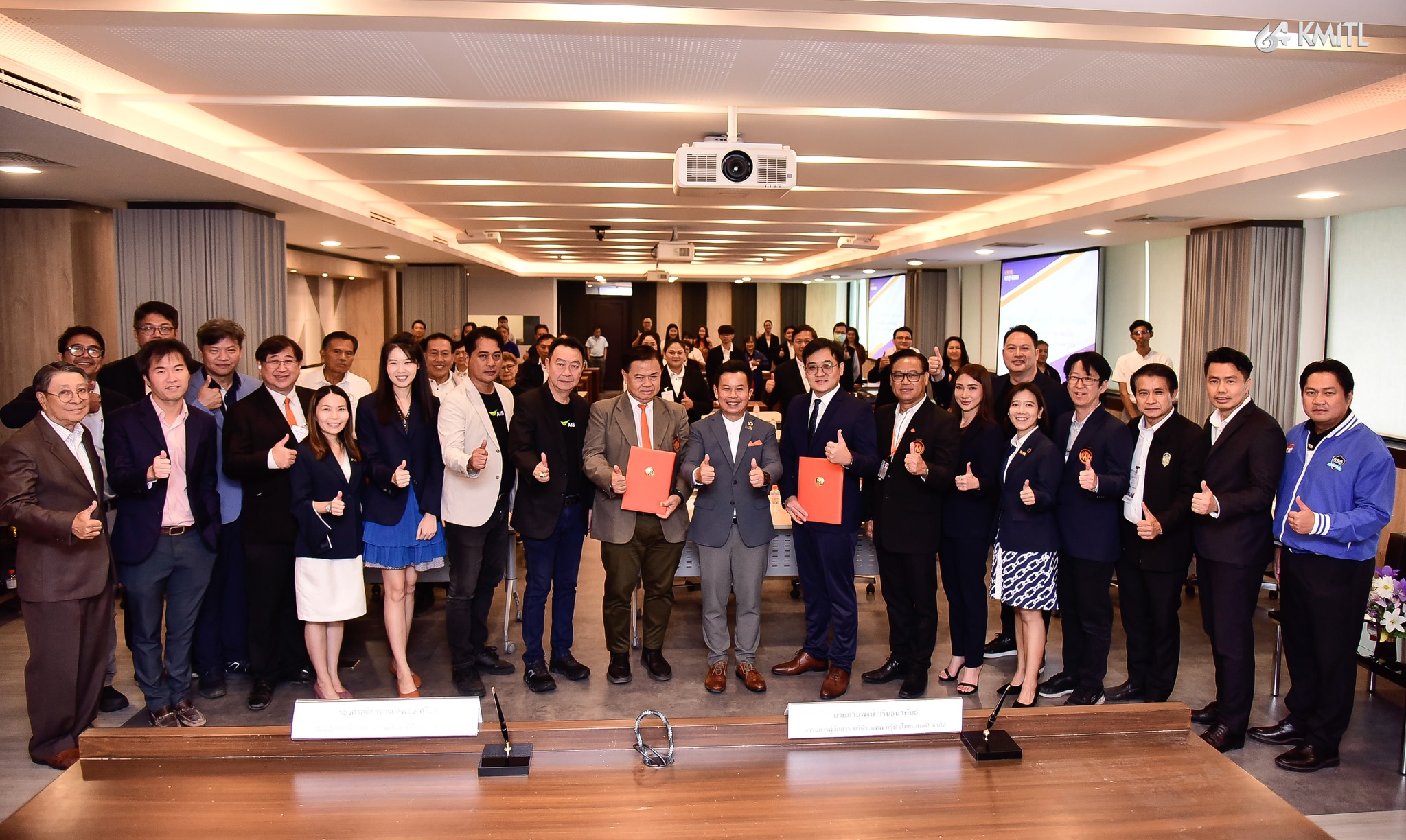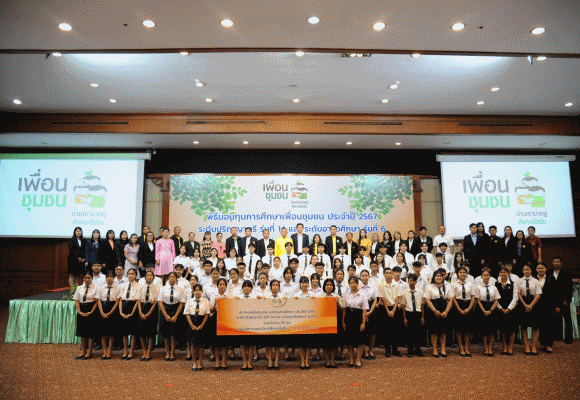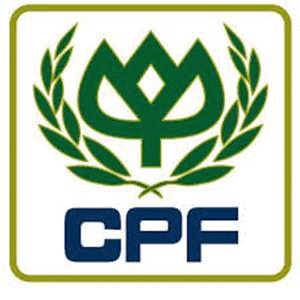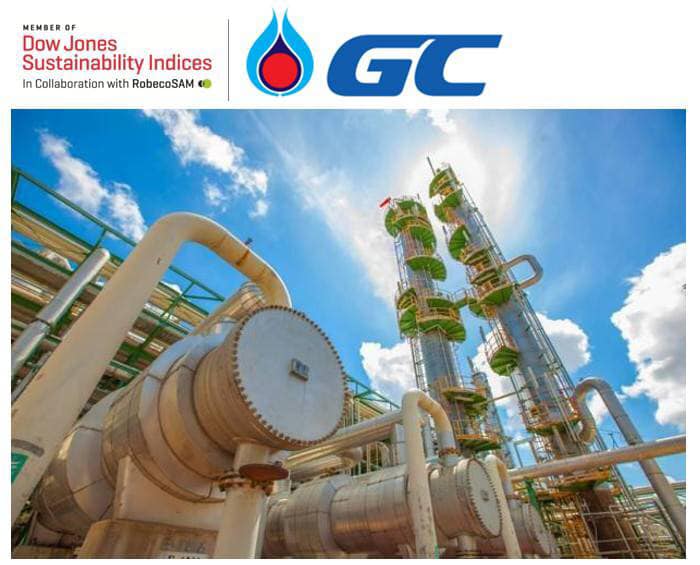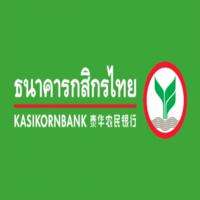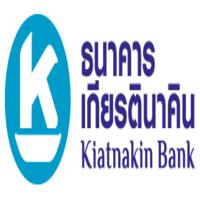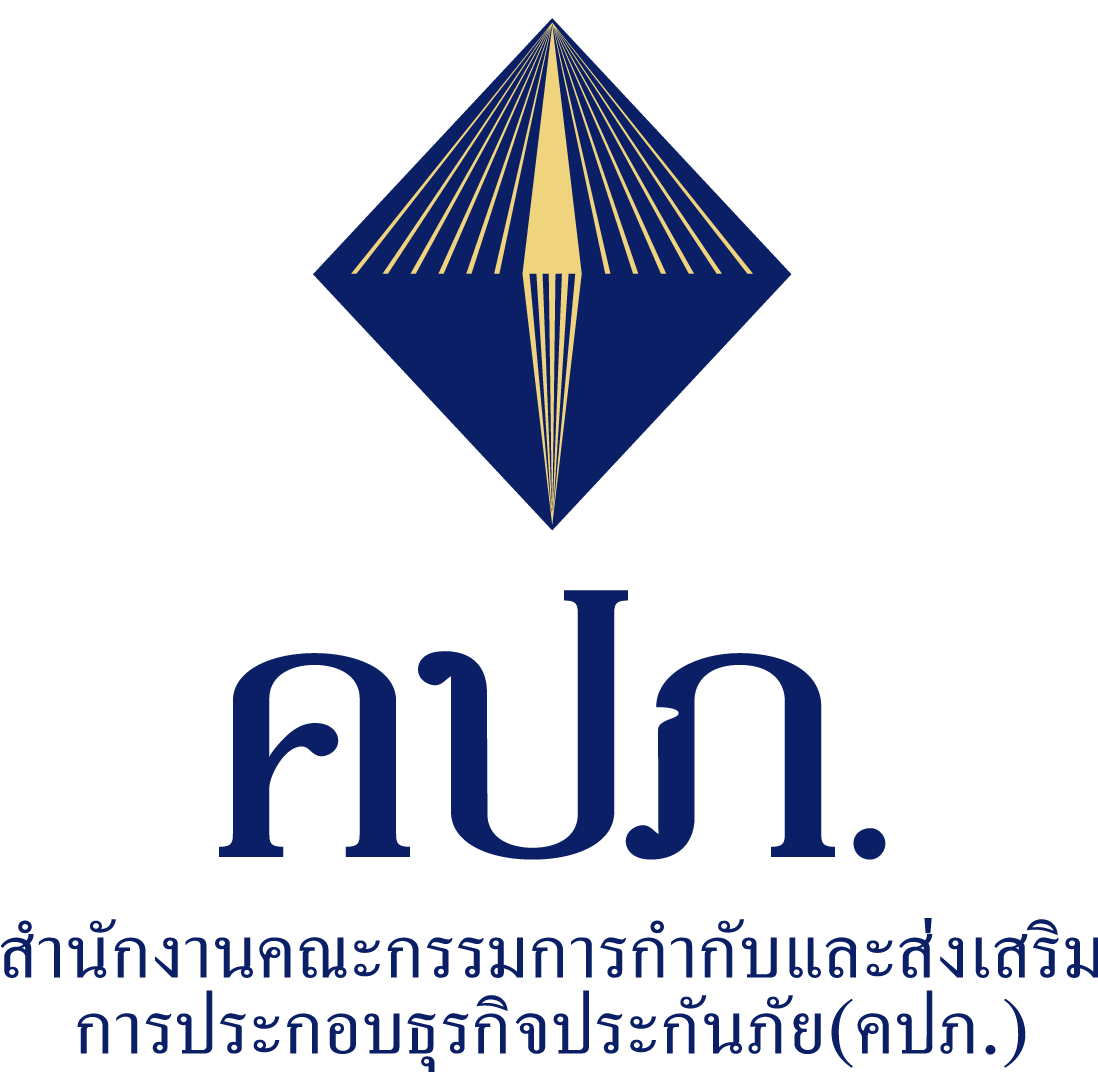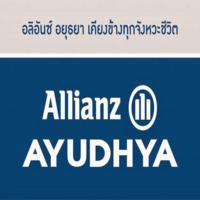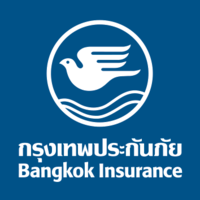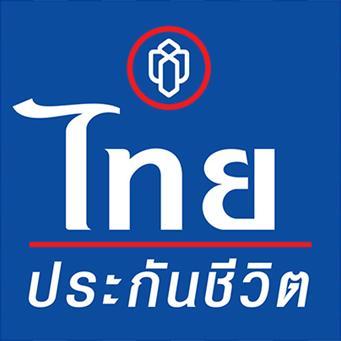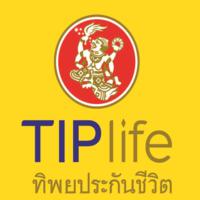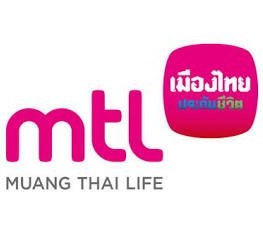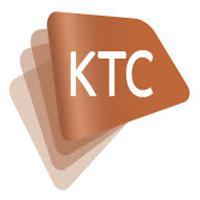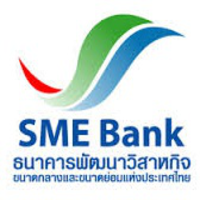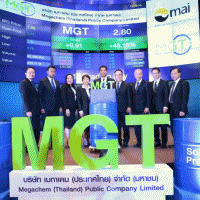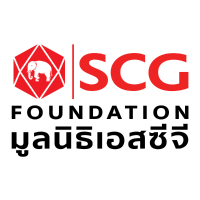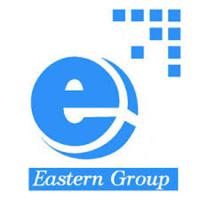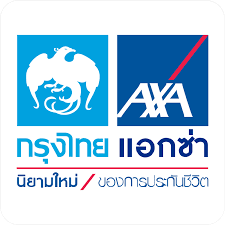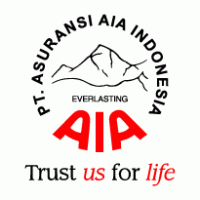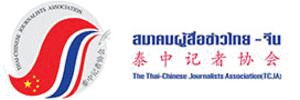- Details
- Category: แบงก์พาณิชย์
- Published: Friday, 15 February 2019 17:22
- Hits: 3290

เคทีซี ไปต่อนิวไฮ 6 ปีรวด ฟันกำไรสุทธิ 5,140 ล้านบาทเร่งปั๊มโมเดลธุรกิจอนาคต สร้างฐานรายได้ใหม่ พร้อมคุมเข้มคุณภาพหนี้
เคทีซีสร้างสถิติใหม่ 6 ปีซ้อน กำไรสุทธิปี 2561 โตตามคาด 56% เท่ากับ 5,140 ล้านบาท พอใจปริมาณใช้จ่ายผ่านบัตรโตดีเกือบเท่าอุตสาหกรรม ฐานสมาชิกและยอดลูกหนี้รวมโตเพิ่ม หนี้ที่ไม่ก่อให้เกิดรายได้รวม (NPL) ลดต่ำสุดที่ 1.1% ตั้งเป้ากลยุทธ์ปี 2562 เดินหน้าทำธุรกิจให้เติบโตยั่งยืนและมีเสถียรภาพ บริหารต้นทุนเงินให้เกิดประโยชน์สูงสุด เล็งธุรกิจนาโน-พิโกไฟแนนซ์เป็นหัวหอกขยายฐานรายได้ใหม่ (New S-curve) ควบคู่การทำธุรกิจหลักบัตรเครดิตและสินเชื่อบุคคลให้เข้มข้นด้วยนวัตกรรมบริการผลักดันสังคมไร้เงินสด พร้อมต่อยอดแนวคิดแบรนด์สนับสนุนให้สมาชิกกล้าตัดสินใจเลือกใช้ชีวิตในแบบที่ต้องการ
นายระเฑียร ศรีมงคล ประธานเจ้าหน้าที่บริหาร ‘เคทีซี’ หรือ บริษัท บัตรกรุงไทย จำกัด (มหาชน) กล่าวว่า “โดยภาพรวมในปีนี้บริษัทฯ ยังสามารถดำเนินธุรกิจได้เป็นที่น่าพอใจ ทั้งการขยายตัวของรายได้ดอกเบี้ยและอัตราการขยายฐานสมาชิกที่เติบโตค่อนข้างดี ในขณะที่ค่าใช้จ่ายรวมลดลงเนื่องจากจำนวนหนี้สูญและหนี้สงสัยจะสูญลดต่ำลง รวมทั้งสิ่งที่เราให้ความสำคัญมาตลอดก็คือ การบริหารควบคุมคุณภาพพอร์ตลูกหนี้ ซึ่งเราพยายามที่จะคุมอัตรา NPL ให้ลดระดับลงมาเรื่อยๆ และต่ำกว่าอุตสาหกรรม ซึ่งเหล่านี้ล้วนเป็นปัจจัยที่ส่งผลให้มูลค่าของกำไรสุทธิเป็นไปตามคาด และสำหรับปี 2562 บริษัทฯ ตั้งเป้าจะทำกำไรและรักษาระดับ NPL ให้อยู่ในระดับเดียวกับปี 2561 ที่ 1.1% พอร์ตลูกหนี้โตที่ 10% และมีปริมาณการใช้จ่ายผ่านบัตรรวมที่ 15%”
ทั้งนี้ ในปี 2561 เคทีซีมีสัดส่วนของลูกหนี้บัตรเครดิตเทียบกับอุตสาหกรรมที่ 12.2% ใกล้เคียงกับปี 2560 ซึ่งอยู่ที่ 12.3% ส่วนแบ่งตลาดของปริมาณการใช้จ่ายผ่านบัตรเท่ากับปีก่อนหน้าที่ 11.2% และมีสัดส่วนของลูกหนี้สินเชื่อบุคคลเคทีซีเทียบกับอุตสาหกรรมเท่ากับ 7% เช่นเดียวกับปีที่ผ่านมา
“ข้อมูล ณ วันที่ 31 ธันวาคม 2561 เคทีซีมีกำไรสุทธิ 5,140 ล้านบาท เพิ่มขึ้น 56% จากช่วงเดียวกันของปี 2560 โดยมีปริมาณการใช้จ่ายผ่านบัตรทั้งปีเท่ากับ 193,101 ล้านบาท เติบโต 9.2% ขณะที่อุตสาหกรรมเติบโตที่ 10% สำหรับปริมาณการซื้อขายผ่านร้านค้ามีมูลค่า 85,732 ล้านบาท เติบโต 10.1% และจำนวนร้านค้าสมาชิกเท่ากับ 36,837 แห่ง เพิ่มขึ้น 12.1% จากการร่วมขยายร้านค้า ติดตั้งเครื่องรับบัตรและการขยายพันธมิตรรับชำระรูปแบบใหม่ที่หลากหลาย ทั้งเคทีซี คิวอาร์ เพย์ (KTC QR Pay) ฟิทบิท เพย์ (Fitbit Pay) การ์มิน เพย์ (Garmin Pay) และซัมซุง เพย์ (Samsung Pay) เพื่อสนับสนุนให้สมาชิกได้รับประสบการณ์ใหม่ในการชำระเงินที่ไม่ต้องยึดติดกับการรูดบัตรแบบเดิมอย่างเดียว”
“บริษัทฯ มีสินทรัพย์รวม 79,648 ล้านบาท เพิ่มขึ้น 8% จากช่วงเดียวกันของปี 2560 ที่ 73,636 ล้านบาท โดยพอร์ตลูกหนี้การค้ารวมเท่ากับ 78,202 ล้านบาท ฐานสมาชิกรวม3.3 ล้านบัญชี เพิ่มขึ้น 10.5% จากช่วงเดียวกันของปีก่อน แบ่งเป็น บัตรเครดิต 2,387,659บัตร ยอดลูกหนี้บัตรเครดิตรวม 51,062 ล้านบาท สินเชื่อบุคคล 951,882 บัญชี ยอดลูกหนี้สินเชื่อบุคคลรวม 26,821 ล้านบาท ลูกหนี้ที่ไม่ก่อให้เกิดรายได้รวม (NPL) ลดเหลือ 1.1% จากช่วงเวลาเดียวกันของปีก่อนที่ 1.3% NPL บัตรเครดิตลดเหลือ 1.0% จาก 1.1% และ NPL สินเชื่อบุคคลคงอยู่ในระดับเดิมที่ 0.76%”
บริษัทฯ มีรายได้รวมปี 2561 เท่ากับ 21,198 ล้านบาท เพิ่มขึ้น 9% จากช่วงเดียวกันของปีก่อน จากรายได้ดอกเบี้ย (รวมรายได้ค่าธรรมเนียมในการใช้วงเงิน) รายได้ค่าธรรมเนียมและรายได้อื่นๆ และหนี้สูญได้รับคืน ส่วนต่างอัตราดอกเบี้ย (Net Interest Margin) อยู่ที่ 15.10% ลดลงจากปี 2560 ที่มีค่าเท่ากับ 15.13% สำหรับค่าใช้จ่ายดำเนินงานต่อรายได้สุทธิ (Operating Cost to Income Ratio) เท่ากับ 26.6% ลดลงจากช่วงเดียวกันของปีก่อนที่ 27.6% สัดส่วนค่าใช้จ่ายรวมต่อรายได้รวม (Cost to Income Ratio) เท่ากับ 35.5% ต่ำลงกว่าปีก่อนหน้าที่ 36.6% วงเงินสินเชื่อคงเหลือ (Available Credit Line) เท่ากับ 24,450 ล้านบาท เป็นวงเงินจากธนาคารกรุงไทย 18,030 ล้านบาท และจากธนาคารพาณิชย์อื่นๆ 6,420 ล้านบาท ทั้งนี้ บริษัทฯ มีอัตราส่วนของหนี้สินต่อส่วนของผู้ถือหุ้นอยู่ที่ 3.87 เท่า ต่ำกว่าภาระผูกพันที่กำหนดไว้ที่ 10 เท่า
“สำหรับ แนวโน้มเศรษฐกิจไทยในปี 2562 มีความเป็นไปได้ที่จะขยายตัวในลักษณะชะลอตัวลง โดยปัจจัยสนับสนุนจากการใช้จ่ายภาคครัวเรือนยังคงมีแนวโน้มขยายตัวในเกณฑ์ดี การเร่งตัวขึ้นของการลงทุนภาครัฐและการลงทุนภาคเอกชนปรับตัวดีขึ้นตามลำดับ อย่างไรก็ตามยังมีปัจจัยกดดันในภาคเศรษฐกิจและการเงินโลกที่มีความเสี่ยงและอาจส่งผลต่อความผันผวนและการขยายตัวของเศรษฐกิจไทย ประกอบกับสภาพการแข่งขันของธุรกิจสินเชื่อเพื่อผู้บริโภคที่มีผู้ประกอบการหลายรายเข้ามาร่วมทำการตลาด และมาตรการควบคุมของภาครัฐและวิวัฒนาการของเทคโนโลยีทางการเงินที่เข้ามาอย่างรวดเร็ว ทำให้เคทีซีต้องปรับกลยุทธ์หลายอย่าง เพื่อให้ธุรกิจมีความแข็งแกร่งสามารถก้าวผ่านความท้าทายในหลากหลายรูปแบบ และมีผลการดำเนินงานที่มีเสถียรภาพ
โดยในปี 2562 สิ่งสำคัญที่ต้องทำคือการผลักดันฐานรายได้ให้เติบโตก้าวกระโดดจากการสร้างโมเดลธุรกิจใหม่ของธุรกิจนาโนและพิโกไฟแนนซ์ ควบคู่ไปกับการทำธุรกิจหลักบัตรเครดิตและสินเชื่อส่วนบุคคลให้มีความแตกต่างและเป็นแบรนด์ที่อยู่ในใจของสมาชิก และการพัฒนาระบบงานไอทีเพื่อให้มีนวัตกรรมบริการที่ตอบโจทย์สมาชิกในการทำธุรกรรมทางการเงินที่สะดวกสบาย คล่องตัวและปลอดภัย สนับสนุนสังคมไร้เงินสดซึ่งเป็นยุทธศาสตร์ของชาติ”
KTC achieves an astounding new-high 6 years in a row with 5.140 billion Baht net profit. Aims to produce a futuristic business model, providing new income bases and enforcing stricter regulations on debt quality.
KTC achieves an astounding new record of achieving new-highs 6 years in a row; net profit rose 56 percent, amounting to 5.140 billion Baht as projected. Total credit card spendings growth grew as much as that of the industry average. Member base and net accounts receivable rose, while total NPL dropped at its lowest of 1.1 percent. The firm’s 2019 strategy strives to advance to conduct business with consistent growth and stability, and to manage cost of capital to its best advantage. Aims to venture into the Nano - Pico Finance as the new income base S-curve, coupled with intensifying its main businesses practices—credit cards and personal loans, with innovation in Cashless Society services, and pushing its branding direction to support members to be confident in choosing the lives they desire.
Mr.Rathian Srimongkol, President & Chief Executive Officer, “KTC” or Krungthai Card Public Company Limited, states, “The firm’s overall achievements remain at a satisfactory level this year. This includes the expansion of interest income and a satisfactory level of membership base growth, while overall expenses dropped due to a reduction of bad debt and doubtful accounts. Moreover, the management of high quality receivables is one of our long-standing high priorities; we aim to control the NPL level by gradually decreasing it, and at a level that is well below the industry’s. These factors contributed to our achieved success in net profit value as previously projected. The firm’s 2019 goals include generating income and maintaining a NPL level at 1.1 percent, the same level as 2018, a growth of 10 percent in port of receivables, and an overall credit card spending of 15 percent.”
In 2018, KTC credit card receivables market share is 12.2 percent, similar to 2017’s market share of 12.3 percent. Its credit card spending market share is 11.2 percent, and KTC personal loans receivables market share is 7 percent, both the same levels as last year’s.
“As of December 31, 2018, KTC has a net profit of 5.140 billion Baht, a 56 percent spike compared to the same period in the previous year. Total credit card spendings of the entire year totaled at 193.101 billion Baht, a 9.2 growth, while the industry experienced a growth of 10 percent. Merchant transactions totaled at Bt. 85.732 billion, a 10.1 percent growth. Merchant memberships was 36,837, a 12.1 percent growth from joint merchant expansion, the implementation of new EDC machines, and the increased alliance network of new and varied payment methods, including KTC QR Pay, Fitbit Pay, Garmin Pay and Samsung Pay, to support and enhance members’ payment experience that does not only stick solely with card swiping.”
“KTC has a total asset value of 79.648 billion Baht, a 8 percent increase compared to the same period in 2018 of 73.636 billion Baht. Total port of account receivables totaled 78.202 billion Baht, member database numbered 3.3 million, a 10.5 percent increase compared to the same period in the previous year, comprising of 2,387,659 credit cards. Total credit card receivables totaled 51.062 billion Baht and personal loans numbered 951,882 accounts. Personal loans receivables totaled 26.821 billion Baht, NPL dropped to 1.1 percent, compared to the same period in the previous year of 1.3 percent. NPL for credit cards decreased from 1.1 percent to 1.0 percent, and NPL for the personal loans business remains the same level at 0.76 percent.”
KTC’s total revenue of 2018 amounted to Bt. 21.198 billion, a 9 percent increase, compared the same period last year, due to of interest revenue (including credit limit usage fees), transaction fees and bad debt recovery revenue. Net interest margin totaled at 15.10 percent, a drop from last year’s value of 15.13 percent. Operating cost to income ratio totaled at 26.6 percent, having decreased from 27.6 percent of last year. Similarly, cost to income ratio totaled at 35.5 percent, having decreased from 36.6 percent of last year. Available credit line totaled Bt. 24.450 billion, comprising of Bt. 18.030 billion Krungthai Bank credit lines, and Bt. 6.420 billion from other commercial banks. To this end, the firm’s debt to shareholder equity is 3.87, lower than the 10 times debt to equity ratio indicated in the bond covenant.
“In terms of 2019 economic outlook, the Thai economy have a likelihood of a decelerate growth, while influencing factors from consumer spending have a tendency to grow at a good rate. Government and private investments should adjust positively, respectively. However, economic and world finance pressure factors with risks still exist, and may cause fluctuation and expansion to the Thai economy. Along with this, the increase in competition in consumer finance that targets consumers through a variety of new venture practitioners, governmental regulations, and the proliferation of new finance technological innovations, cause KTC to have to adjust many of its strategies to strengthen business, be able to face a variety of challenges, and achieve stable operations. Our priorities in 2019 that must be achieved include pushing the growth of income bases by establishing a new business model centered around Nano and Pico Finance, along with differentiating credit cards and personal loans, the firm’s main businesses practices, as the brand that is ingrained on members’ hearts. Lastly, the development of information technology systems that are innovative and service-focused that cater to members’ transactional needs that are not only convenient and flexible, but also safe in support of a Cashless Society, the nation’s strategy.”










